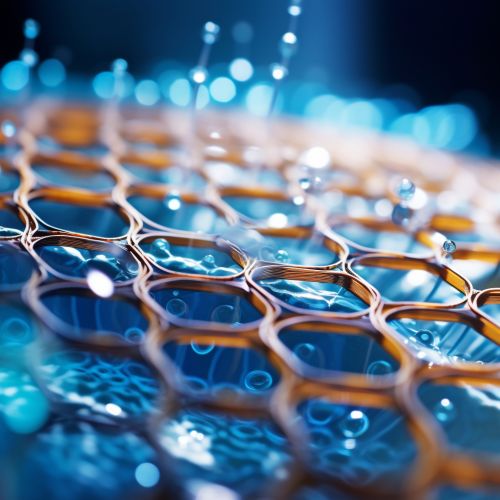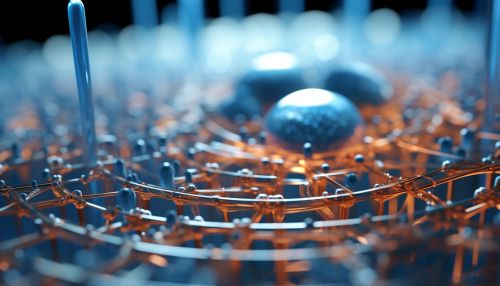The Role of Nanotechnology in Water Purification
Introduction
Nanotechnology, a field that deals with structures and materials on the scale of nanometers, has been increasingly applied in various sectors, including water purification. This article explores the role of nanotechnology in water purification, focusing on the mechanisms, applications, benefits, and potential drawbacks.


Nanotechnology and Water Purification
Water purification is a process that removes undesirable chemicals, biological contaminants, suspended solids, and gases from water. The goal is to produce water fit for specific purposes, most commonly for human consumption. Nanotechnology has emerged as a promising tool in this sector, offering new ways to filter and clean water on a molecular level.
Mechanisms of Nanotechnology in Water Purification
The application of nanotechnology in water purification is based on several mechanisms, including nanofiltration, nanosorption, nanocatalysis, and nanostructured materials.
Nanofiltration involves the use of membranes with nanopores that can filter out contaminants while allowing water molecules to pass through. These membranes can be made from a variety of materials, including polymer nanocomposites and carbon nanotubes.
Nanosorption is a process where nanoparticles are used to adsorb contaminants from water. These nanoparticles have a large surface area, allowing them to adsorb a significant amount of contaminants.
Nanocatalysis involves the use of nanoparticles as catalysts to speed up chemical reactions that can degrade contaminants in water.
Nanostructured materials, such as graphene and titanium dioxide, are used in water purification for their unique properties. For example, titanium dioxide is used as a photocatalyst under UV light to degrade organic pollutants.
Applications of Nanotechnology in Water Purification
Nanotechnology has been applied in various ways in water purification. For instance, nanofiltration membranes have been used in desalination processes to remove salts and other impurities from seawater. Nanosorption has been used to remove heavy metals and other pollutants from industrial wastewater. Nanocatalysis has been used to degrade organic pollutants in water, while nanostructured materials have been used to remove bacteria and viruses.
Benefits and Potential Drawbacks
Nanotechnology offers several benefits in water purification. It can provide more efficient and effective purification processes, removing contaminants that traditional methods may not be able to handle. It can also offer more cost-effective solutions, as nanomaterials can often be produced at a lower cost and offer longer service life than traditional materials.
However, there are potential drawbacks and challenges associated with the use of nanotechnology in water purification. One of the main concerns is the potential environmental impact of nanoparticles. If not properly managed, these particles could end up in the environment and cause harm to ecosystems. There are also concerns about the long-term effects of nanoparticles on human health.
Future Perspectives
The future of nanotechnology in water purification looks promising. With ongoing research and development, new nanomaterials and processes are being developed that could further improve the efficiency and effectiveness of water purification. However, it is crucial to address the potential environmental and health impacts of nanoparticles to ensure the sustainable use of this technology.
